

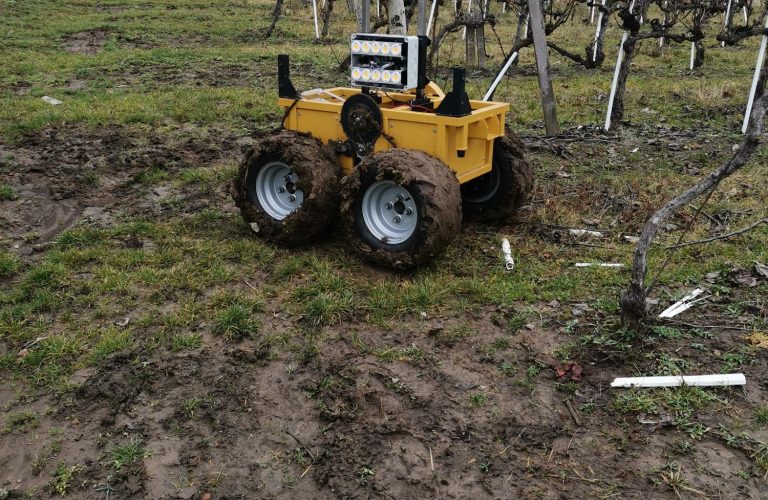
In the field of agroinformatics, our company has gained valuable, specialized development experience and competencies through several research and development projects in recent years. These provide a significant background in agricultural geoinformatics development, robotic solutions, and soil quality analysis.
We would like to highlight the following R&D projects, as all three are relevant to the development of agroinformatics services and solutions:
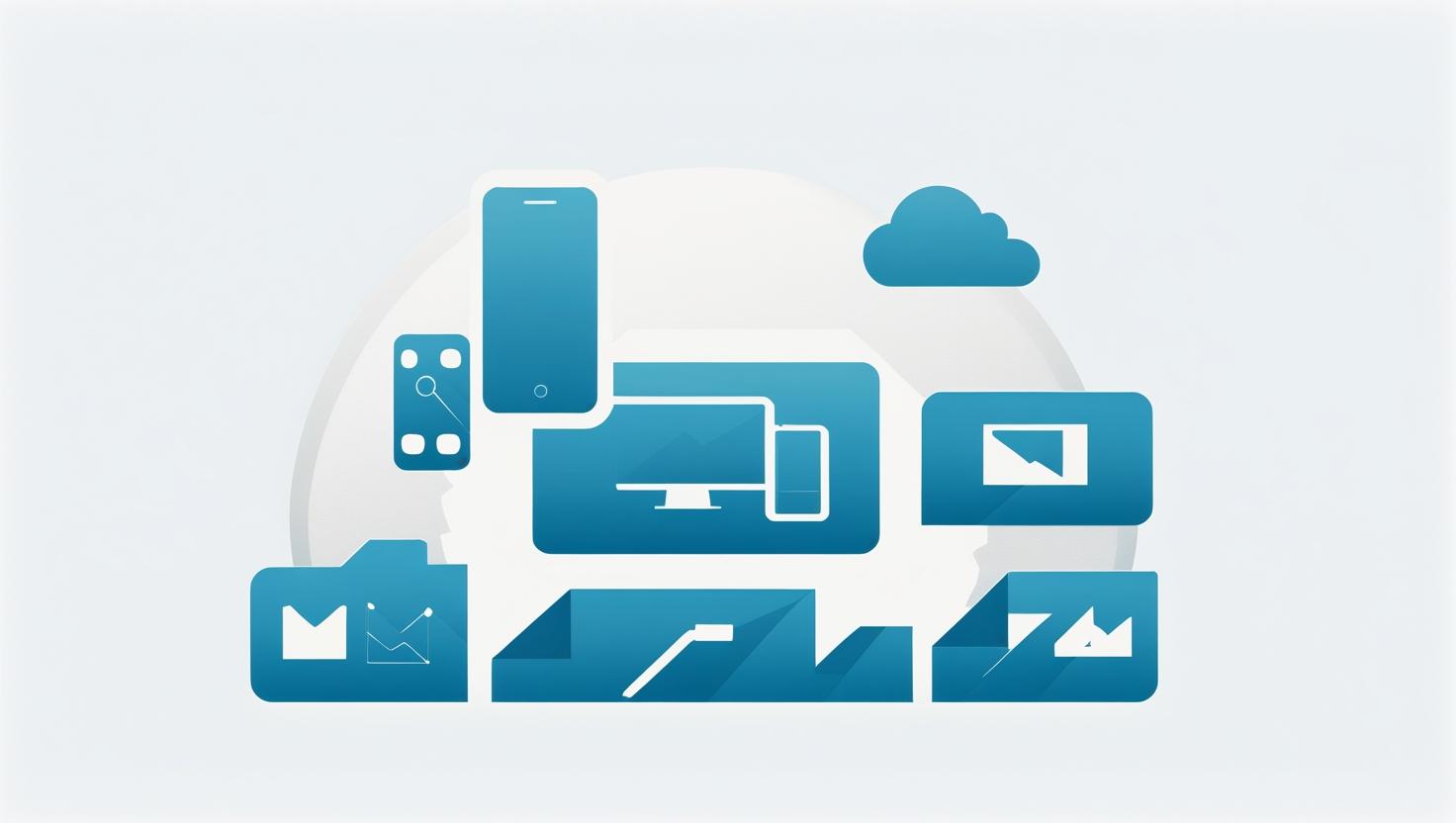
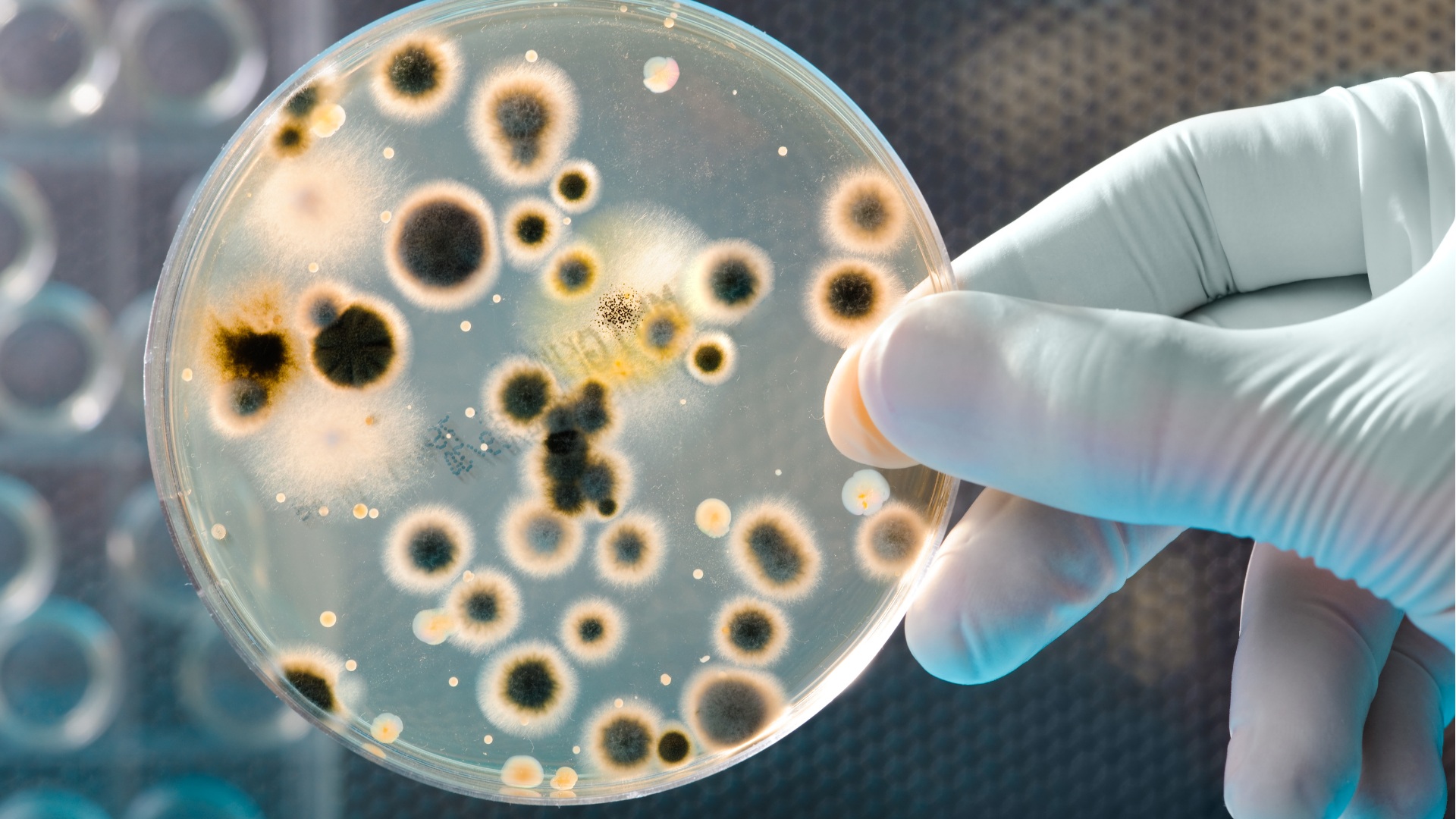
The system enables soil microbiome analysis with artificial intelligence-based analytical support.
All laboratory workflow steps for the samples can be fully tracked.
Sequencing and bioinformatics processing workflows are automated and can be performed without bioinformatics expertise.
The result report helps interpret the microbiome profile, which significantly determines the soil quality at the sampling location, revealing production opportunities.
Analysis of correlations between microbiome profiles and yield/quality data series using AI-based methods.
Enables comprehensive tracking of agricultural cultivation experiments as follows:
Configuration of experimental field plots:
Division into subplots, GIS-based geoinformatics configuration on-site using mobile applications.
Plot parameterization: Management of area-specific characteristics.
Tracking of specification and setup options for planting, cultivation, treatment, and plant protection protocols: New types of protocols can be specified and set for individual plots.
Monitoring the development and condition of crops by plot with mobile application features supporting on-site inspections: Electronic logging with precise geolocation (GIS coordinates), timestamps, and the possibility to attach photos and videos.
Evaluation of crop development trends and protocols: Effectiveness analysis of different plant types, planting, cultivation, treatment, and plant protection protocols using log data and automatically received meteorological data series. AI-based correlation and trend analysis.
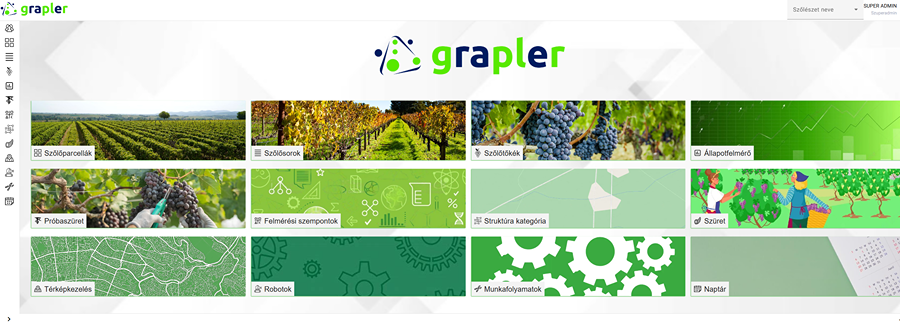
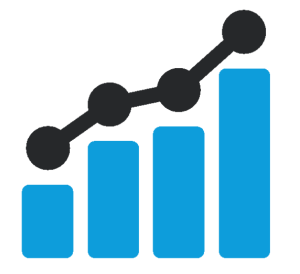
Cultivation data collected by large, medium, and small farms/farmers represent significant value, and an information exchange platform provides a good opportunity for their market introduction.
The cultivation data series appearing on the information exchange have significant value for agricultural research institutes, representing the demand side of information trading as information seekers.
GIS-based geoinformatics solutions.
VR-based spatial simulation of pruning protocols.
Simulation trials built on Digital Twin technology, even in generated virtual environments.
Simulation of robot-rover platforms and support for autonomous movement using GPS and LIDAR sensors, based on machine learning methods.
Robotic arm positioning and obstacle avoidance supported by reinforcement learning systems.
Image processing and analysis-based object recognition, object segmentation, and 3D object reconstruction under field conditions.
Development of “avatars” built on specific knowledge bases using Large Language Model-based text analysis.
Simulations related to the development of specialized engine models.